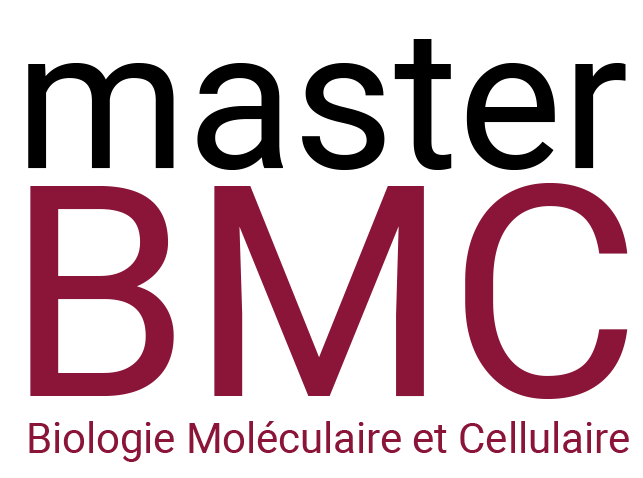Finding a needle in a haystack: molecular mechanism of HIV detection by NONO-cGAS in the nucleus
Responsable du Stage : Xavier Lahaye
Tél : 01 56 24 64 48 Fax : ……………………… E-mail: xavier.lahaye@curie.fr
Résumé du Projet de Stage
The ability of cells to detect viruses is essential for their survival. The cGAS-STING pathway has emerged in the recent years as the main pathway for sensing viral DNA in the cytosol, leading to activation of antiviral defenses. However, most DNA viruses and some RNA viruses enter the nucleus to replicate in cells. The immune sensors that detect viruses in the nucleus are largely unknown. The nucleus is so full of DNA and RNA already that finding a virus is like finding a needle in a haystack. Recent studies from our lab (Lahaye et al. Immunity 2013, Gentili et al. Science 2015, Silvin et al. Science Immunology 2017, Lahaye et al. Cell 2018, Gentili et al. Cell Reports 2019) have shown that human dendritic cells and macrophages can detect HIV in the nucleus. We discovered a 2-step mechanism to allow self/non-self discrimination in the nucleus. First, the capsid protein of the virus is detected by the nuclear protein NONO. Through an unknown mechanism, this allows cGAS to recognize the viral DNA and to trigger an antiviral immune response. However, how NONO and cGAS cooperate to find the virus and activate antiviral signaling is not known.
The goal of the M2 internship is to study how NONO-cGAS detect HIV at the biochemical level. The student will study: protein-protein interactions, localization and activity of cGAS. Techniques will span molecular cloning, transfection, immunoprecipitation, yeast two hybrid, recombinant protein production and purification and cGAS enzymatic assays. The student will be supervised by a permanent CNRS research in the team. The student will benefit from a highly cohesive and collaborative research team and interactions with the rich inter-disciplinary and international environment at Institut Curie, as well as leading-edge techniques and platforms.
Dernières Publications en lien avec le projet :
- Bhargava A, Maurin M, Davidson P, Jouve M, Lahaye X*, Manel N* (* co-corresponding). Inhibition of HIV infection by structural proteins of the inner nuclear membrane is associated with reduced chromatin dynamics. CELL REPORTS. 2021, in press. doi: 10.1101/2020.12.03.410522
- Gentili M, Lahaye X, Nadalin F, Nader GPF, Puig Lombardi E, Herve S, De Silva NS, Rookhuizen DC, Zueva E, Goudot C, Maurin M, Bochnakian A, Amigorena S, Piel M, Fachinetti D, Londoño-Vallejo A, Manel N. The N-Terminal Domain of cGAS Determines Preferential Association with Centromeric DNA and Innate Immune Activation in the Nucleus. CELL REPORTS. 2019. doi:10.1016/j.celrep.2019.01.105
- Lahaye X, Gentili M, Silvin A, Conrad C, Picard L, Jouve M, Zueva E, Maurin M, Nadalin F, Knott GJ, Zhao B, Du F, Rio M, Amiel J, Fox AH, Li P, Etienne L, Bond CS, Colleaux L, Manel N. NONO Detects the Nuclear HIV Capsid to Promote cGAS-Mediated Innate Immune Activation. CELL. 2018. doi: 10.1016/j.cell.2018.08.062
- Lahaye X, Satoh T, Gentili M, Cerboni S, Silvin A, Conrad C, Ahmed-Belkacem A, Rodriguez EC, Guichou JF, Bosquet N, Piel M, Le Grand R, King MC, Pawlotsky JM, Manel N. Nuclear Envelope Protein SUN2 Promotes Cyclophilin-A-Dependent Steps of HIV Replication. CELL REPORTS. 2016. doi:10.1016/j.celrep.2016.03.074
- Lahaye X, Satoh T, Gentili M, Cerboni S, Conrad C, Hurbain I, El Marjou A, Lacabaratz C, Lelièvre JD, Manel N. The capsids of HIV-1 and HIV-2 determine immune detection of the viral cDNA by the innate sensor cGAS in dendritic cells. IMMUNITY. 2013. doi: 10.1016/j.immuni.2013.11.002.
Ce projet s’inscrit-il dans la perspective d’une thèse :
oui x
Ecole Doctorale de rattachement : BioSPC
Intitulé de l’Unité : Immunité and Cancer INSERM U932
Intitulé de l’Equipe : Innate Immunity Team
Nom du Responsable de l’Unité : Ana-Maria Lennon
Nom du Responsable de l’Équipe : Nicolas Manel
Adresse : 12 rue Lhomond, 75005 Paris

